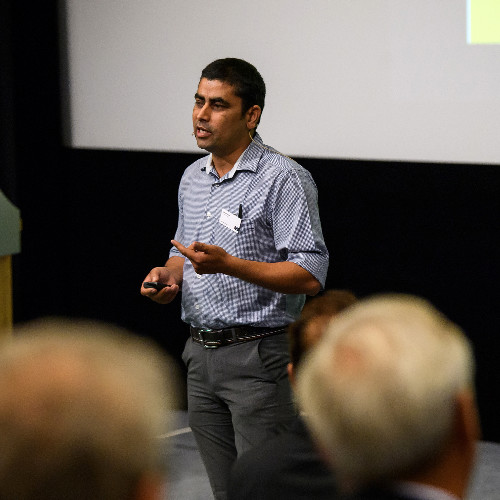Designing Beneficiary-Centric ‘Direct Benefit Transfer’ Programmes: Lessons from India – Part I
by Arshi Aadil, Lokesh Singh, Ritesh Rautela, Rridhee Malhotra and Vijay Ravi
Sep 19, 2016
1 min
This Note as a first part of the two-step series explains the pre-requisites and the steps, which if followed, can help in implementation of successful government DBT programmes.
The Government on January 1, 2013, initiated DBT Phase-I in 43 districts for 24 Central Sector (CS) and Centrally Sponsored Schemes (CSS) such as NSAP (comprising old age, widow, disability, and family benefit pensions), theMahatma Gandhi National Rural Employment Guarantee Scheme (MGNREGS), and Direct Benefit Transfer for LPG (DBTL). Over the last two years, DBT in India has progressed and enabled the government to reduce inefficiency and, increasingly, migrate to more effective delivery systems. The DBT umbrella in India has been much expanded and now comprises an increasing number of programmes—implemented across a wide variety of Ministries/Departments, thereby increasing in terms of the number of beneficiaries, the volume of transactions, etc.
The confluence of emerging trends in technology as well as novel experiments– made (and will make) the implementation of DBT feasible – even in a large country like India. We anticipate that over the next few years G2P transactions will cover all government to citizen services, and not just cash and in-kind transfers. On the basis of lessons learned to date from the implementation of DBT programmes in India, this Note as a first part of the two-step series explains the pre-requisites and the steps, which if followed, can help in implementation of successful government DBT programmes.
 by
by  Sep 19, 2016
Sep 19, 2016 1 min
1 min 




Leave comments